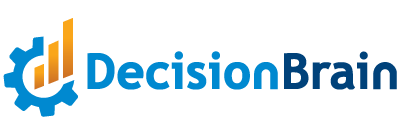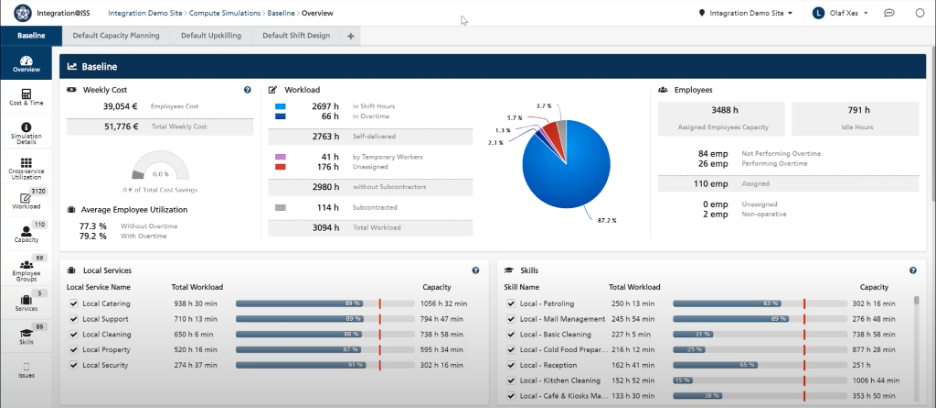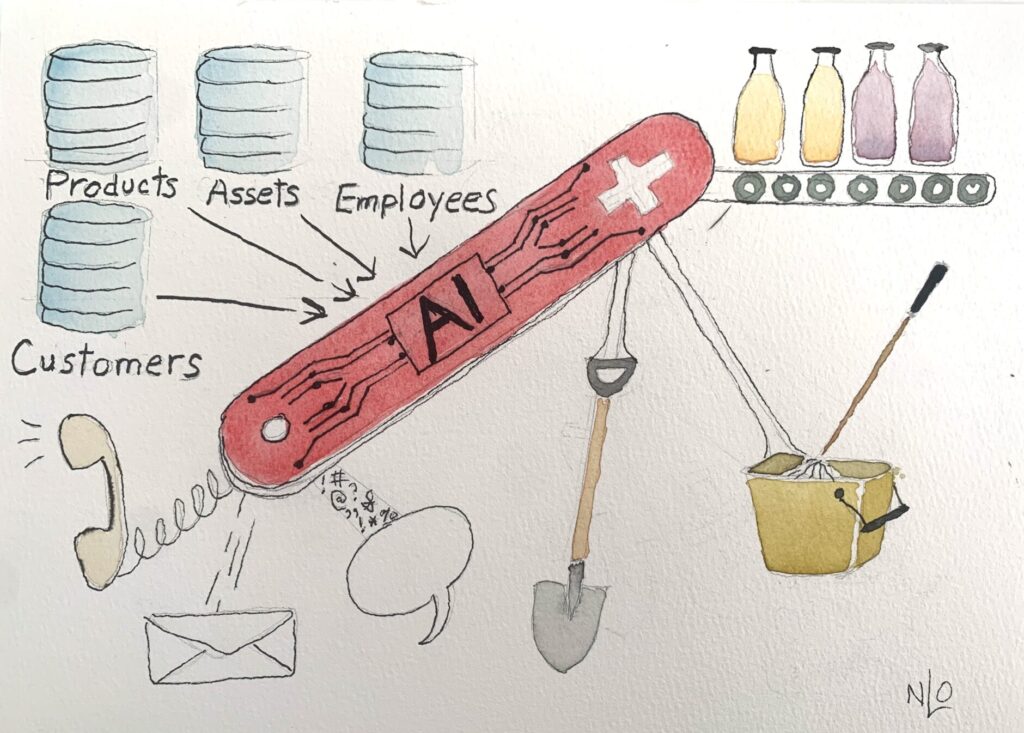Blog
Part 6: Strategic Planning - The Complete Guide to Workforce Optimization
Welcome to our 6th and final post in our series on Workforce Optimization. In our prior posts in this series, we learned how to:
- 1. Create a catalog of employee skills and work task types so that we have a common language with which to talk about workforce capacity and work demand
- 2. Benchmark activity performance rates for the various task types so that we can determine how much workforce capacity is needed to fulfill a given amount of work.
- 3. Handle uncertainty with forecasting and capacity planning as inputs for our workforce optimization activities.
4. Optimize Operational Employee Scheduling, and - 5. Optimize Tactical Planning of Employees
Why Discuss Strategic Workforce Planning Last?
In an ideal world, Strategic Planning Optimization happens first, before Tactical Planning and Operational Scheduling. There are several reasons for this. One is that no amount of tactical planning or operational scheduling can compensate for having the wrong workforce size, structure, or skill mix; variables that are defined during strategic planning. Another reason is that strategic changes can impact the way tactical planning and scheduling are performed, so optimizing the processes in the suggested order will minimize the total project implementation effort by reducing rework.
So then why is this article last? We changed the order of our posts to align with what we often see from our customers. As mentioned in Part 4, Operational Scheduling is usually tackled first because that’s where the day-to-day pain is most acute, however, we advise to start with strategic planning before tactical planning or scheduling when possible.
What Exactly is Strategic Workforce Planning / Capacity Planning?
Strategic workforce planning, sometimes referred to as resource capacity planning, is about taking a long-term view on how best to build and structure the workforce so that the business can achieve both short-term and long-term business objectives while operating efficiently, predictably, and smoothly. It also ensures the right balancing across customer satisfaction goals, employee preferences, and financial objectives. Other goals, like social or environmental targets, can also be considered.
At a high level, Strategic Workforce Planning focuses on answering questions like:
- What is the right workforce size? number of people and job roles.
- What is the right workforce configuration? having the required mix of skills and group/team structures to handle the needs of today and tomorrow
- What will be the costs? In order to achieve the business’ service level targets, what will the business need to budget, or what will be the tradeoffs be between costs and service levels?
Strategic workforce planning activities are typically performed annually or whenever a significant change in business or services occurs, such as when a contract is lost or as a result of a merger or acquisition. It can also be applied during the bidding process for a new contract to ensure an optimal bid response.
When done right, Strategic Planning enables the business to achieve both short-term and long-term business objectives while operating efficiently, predictably, and smoothly.
What Specific Questions are Answered by Strategic Workforce Planning?
Strategic Workforce Planning is a bit of a catch-all phrase that touches on many aspects of workforce management that we will not focus on in this article, as they are typically handled by Human Resources (HR) departments and not typically solved through optimization techniques. This includes talent management, succession planning and labor relations. This article is instead focusing on the operational side of Strategic Workforce Planning. More specifically we are focusing on answering questions like:
- Workforce Design – How many employees are needed? How should shifts and rosters be structured? Which in-demand skills are lacking? To what degree could cross-training alleviate the problem? Are temporary workers needed to cope with seasonality?
- Work Center or Territory Design – How large should the territory of each mobile employee be? What metric should be used to size territories? How exactly should the territory lines be drawn (see Figure 1 below)? What is the right balance between travel time and service time? What portion of the demand should be fulfilled by which team/employee?
- Subcontracting Scope – What would be the impact of subcontracting part of the workload vs developing the necessary skills in-house? What geographic and competency scope should subcontractors be responsible for?
- Step-changes in the demand – What would be the impact of taking on certain additional work, like expanding the scope of existing contracts or winning new ones? How to best restructure the workforce to cope with the loss of a contract?
Figure 1: Optimized Territory Design
How to Achieve Strategic Workforce Optimization
Mathematical optimization techniques are well-suited for strategic workforce planning problems. That’s because the number of possible territory layouts, workforce configurations, shift structures, etc. can be on the order of millions or more. Mathematical optimization algorithms are designed to take smart paths through the universe of possibilities, guided by knowledge of the objectives and constraints, and quickly arrive at an optimal or at least “very good” solution. Other techniques, such as business rules or simulations, for example, consider a significantly lower number of solution possibilities because they would take far too long to run given the same parameters.
Here are some important features to consider when looking for a strategic workforce optimization system – many of which are similar to those mentioned in our post on Workforce Scheduling Optimization:
- Demand planning & forecasting – allows to accurately predict and model different work demand possibilities over a 1-3 year time horizon
- Resource management – ability to manage or at least integrate a detailed catalog of workers, skills, roles, etc.
- Scenario management – enable the planner to test and compare different possible plans
- KPI management – goes hand-in-hand with scenario management, KPIs are critical to evaluating the adequacy of plans based on metrics like cost, service level, fairness, environmental impact, etc.
- Executive & interactive dashboards – support integration with other analytics & BI tools and allow easy data export, perhaps also supporting some interactivity like selecting an area of a map
- Role-based workspaces – allow planners and leadership to access the appropriate data and functionality for their role
- Mathematical optimization engine – Inclusion of a reputable optimization “solver” or engine embedded in the tool. Simply ask, “which optimization solver do you embed in your solution?” The vendor should respond with something like IBM CPLEX, FICO Xpress, or Gurobi. If they talk about “rules” and “heuristics” or don’t elaborate on the solvers that they embed, just know that the level of “optimization” and the flexibility in the factors that the system can consider will be quite limited.
- Support tactical planning and operational scheduling – What good is a great strategic plan if you can’t execute it effectively? This is why it’s so important to be able to perform tactical planning with the strategic plan as input and then use the tactical plan as input into the operational scheduling system.
Figure 2: Sample Executive Dashboard with KPIs
By following the methods outlined in this 6-part guide, even in challenging and uncertain times, your organization can achieve global workforce optimization and outperform the competition.
Other articles in The Complete Guide to Workforce Optimization:
Introduction to our Series
Part 1 Cataloging Employee Skills and Work Activities
Part 2 Benchmarking Performance Metrics
Part 3: Handling Uncertainty with Forecasting and Capacity Planning
Part 4: Operational Scheduling
Part 5: Tactical Planning
About the Author
Giulia Burchi is a Sr. Business Analyst with DecisionBrain. She brings extensive experience delivering advanced planning, scheduling, workforce and maintenance optimization solutions to organizations with large or distributed teams. She holds a master’s degree in Industrial Engineering from the University of Bologna in Italy.













